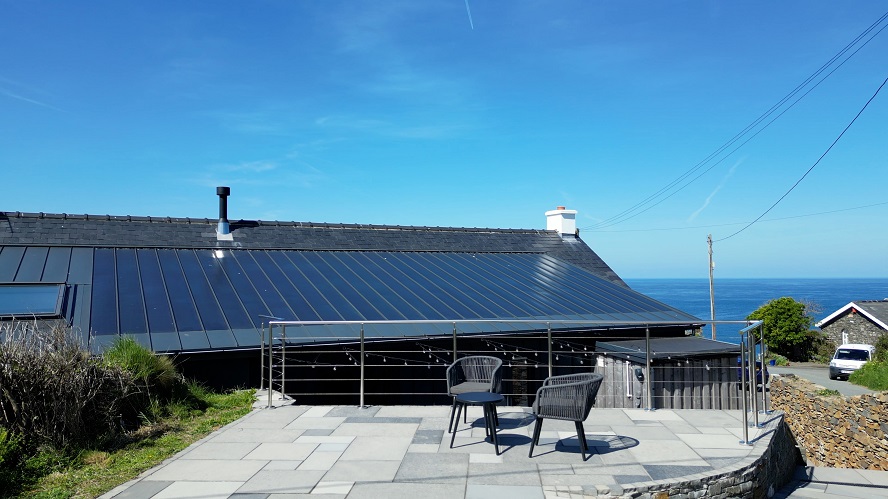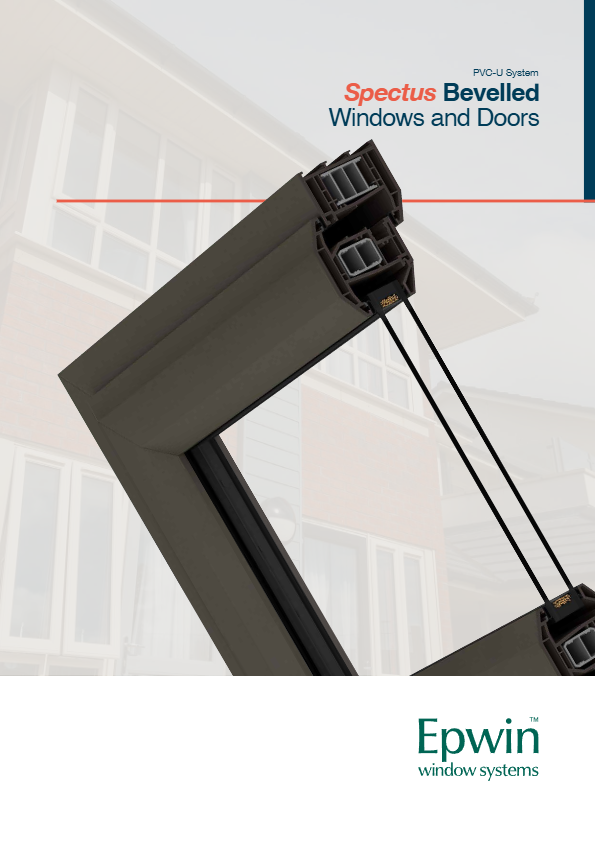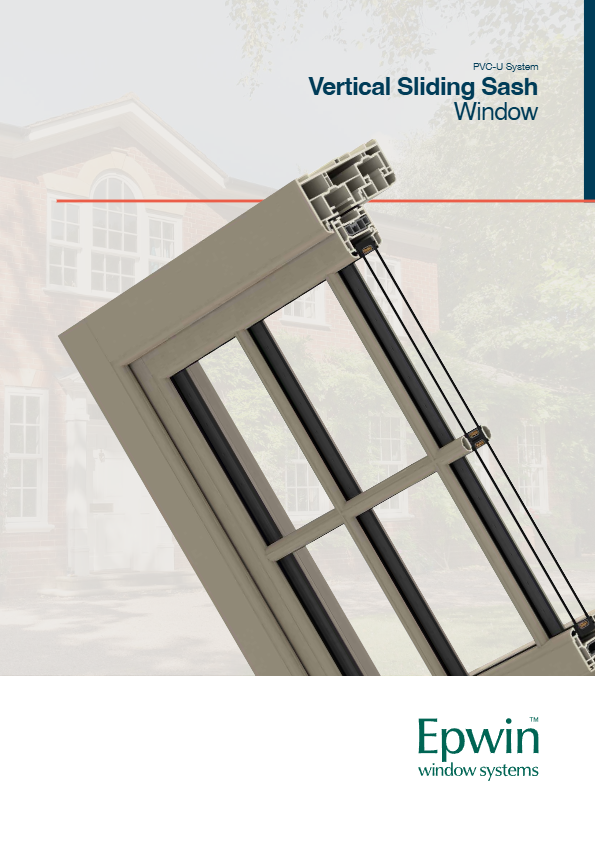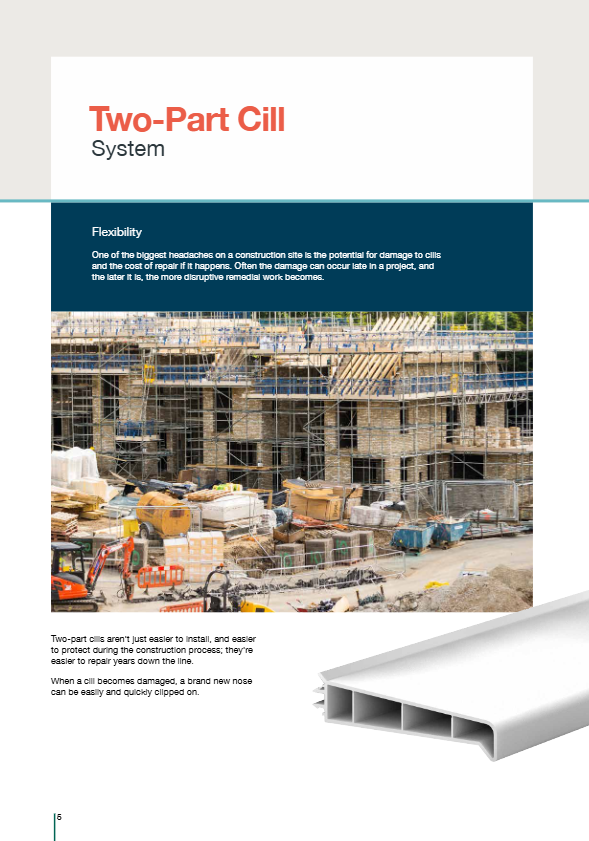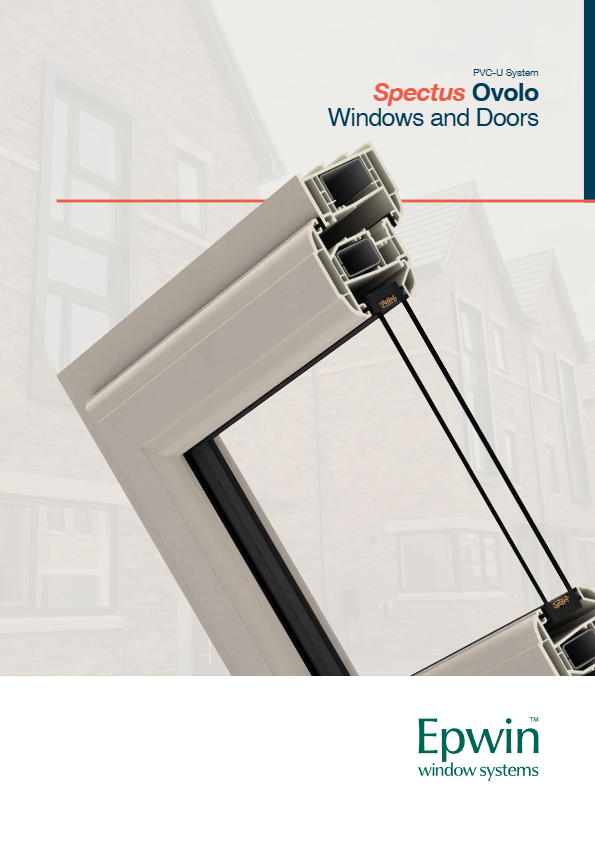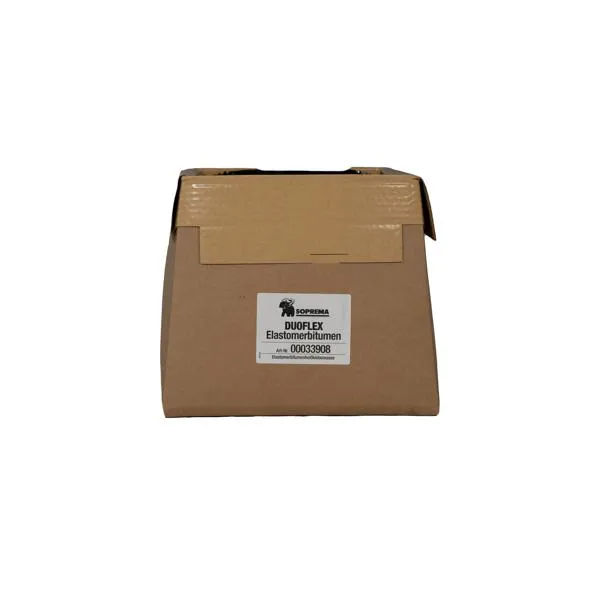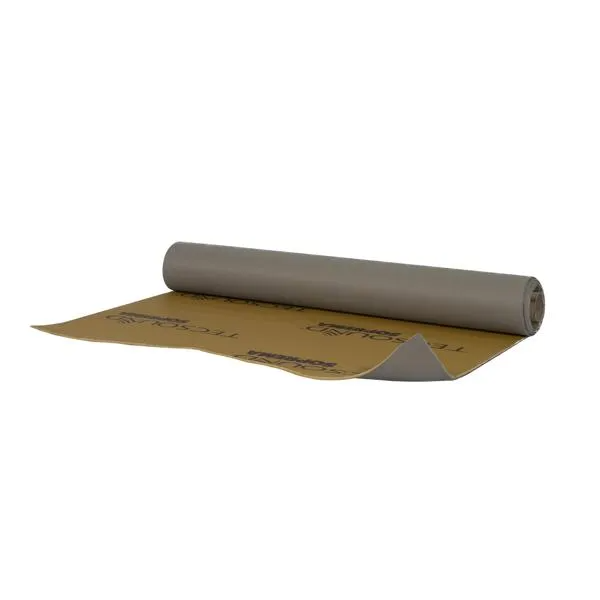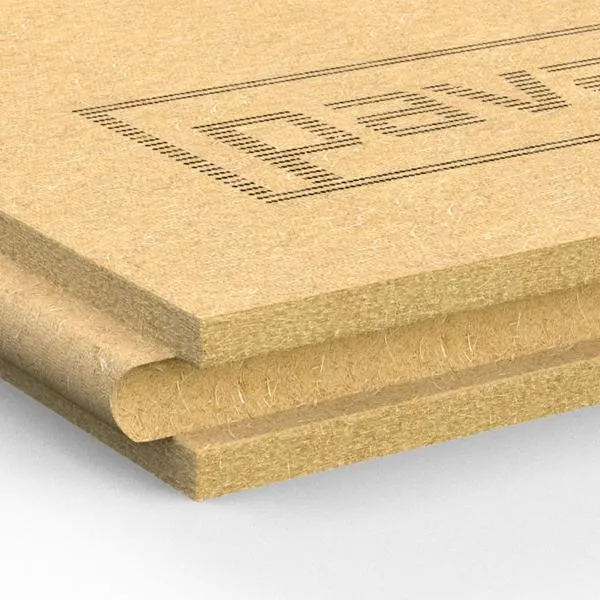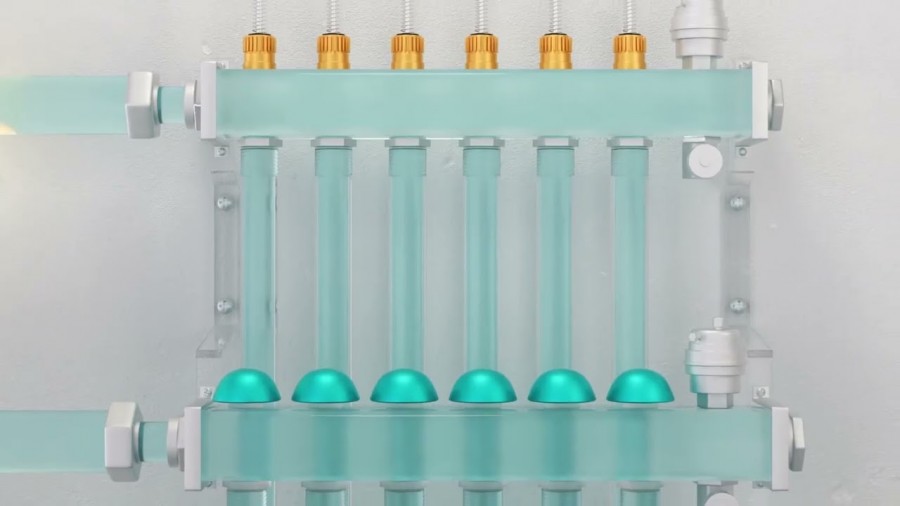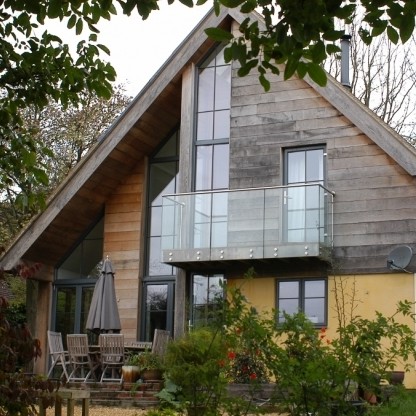
When a Hampshire couple decided to downsize from their 16th Century listed thatched cottage - the family home for 25 years - building a new house that would impact on the environment as little as possible both in construction and running costs was their number one priority.
They instructed AECB members, Inspiration Architects of Newbury, to design a smaller house utilising one of the most environmentally friendly materials available – Tradical Hemcrete. This bio-composite building material made from hemp shiv (the woody core of industrial hemp) and a lime-based binder delivers a negative carbon footprint.
Supplied by Oxford-based Hemcrete Projects – part of the Lime Technology Group – it also offers a unique combination of insulation and thermal inertia, properties that combine to create buildings with very stable internal environments that require very little heating or cooling.
Three years on and the happy owners remain very pleased that they chose Tradical Hemcrete. “We have a delightful contemporary home that has been zero carbon from day one, and which has performed better than we expected. Its inherent qualities mean we have a very comfortable and practical house, which never feels stuffy. The walls not only breathe, they allow water vapour to pass through which helps passively regulate humidity and temperature. Not surprisingly, the house remains cool in the summer and warm in the winter.”
The only heating required for the two-storey detached house is a German wood-burning stove with back boiler. Whilst a mechanical heat recovery system is installed, in the warmer months the unit is switched off and natural ventilation is all that is required to maintain what the owners describe as a ‘very consistent’ and ‘pleasant’ living environment.
Building using Tradical Hemcrete has exceeded expectations when it comes to running costs. With only wood needed to heat the house, and five PV and two solar hot water panels on the south-facing roof, net electricity costs are zero. Velux rooflights above these panels enable heat to be stored in the house's thermal mass. A rainwater harvesting system for flushing the toilets not only conserves scarce water resources, it also cuts water bills substantially.
Built in the garden of their former home, which the family enjoyed for 25 years but now ‘don’t miss at all’, the new property is a striking two storey contemporary design, double heighted and glazed at both the east entrance hall and west garden elevations. It is rendered with lime render and lime paint on the ground floor – also supplied by Lime Technology - and untreated oak board cladding above, which has been allowed to silver.
The house was designed to meet the needs of an older couple with a large living area/kitchen opening out onto a patio, a utility room, shower room and study downstairs. Upstairs are two bedrooms, one with a balcony overlooking the garden, a box room and large bathroom. The downstairs study is designed to convert to a bedroom should mobility become an issue. The timber frame superstructure is echoed by internal oak doors and its extensive glazing makes the house very light. The windows and the glazed folding doors are in oak with a grey powdered aluminium external finish.
Commenting on behalf of Hemcrete Projects, part of the Lime Technology Group, Chief Executive, Phil Key said: “We have now built a number of homes using Tradical Hemcrete and the picture is the same with them all. They are delivering significantly reduced energy bills when compared to the running cost normally associated with a conventional new building. What’s just as exciting is the fact that in all instances occupants are quick to point out how much they appreciate the internal environment that building with hemp seems to create. During this summer’s heat wave, we have seen that they stay cool when many other houses were overheating.”
Building using Hemcrete creates a substantial smoothing out of temperatures, thus reducing peak loads and the capital costs of an M&E system. The building fabric partially takes over the regulation of the internal conditions using the passive properties of Hemcreteâ, instead of using the active properties of the M&E system.
In addition to exceeding expectations based on conventional steady state U-values and standard thermal modelling, the process is also negative embodied carbon. This arises due to hemp capturing carbon dioxide during its rapid growth, whilst releasing oxygen back into the atmosphere. The carbon is then locked up within the walls of the building to give a carbon negative solution.
The exceptional thermal qualities of building with hemp are now available in an “off-site” format through the Hembuild® panel system. These panels are pre-dried in the factory to make the build process faster and easier.









